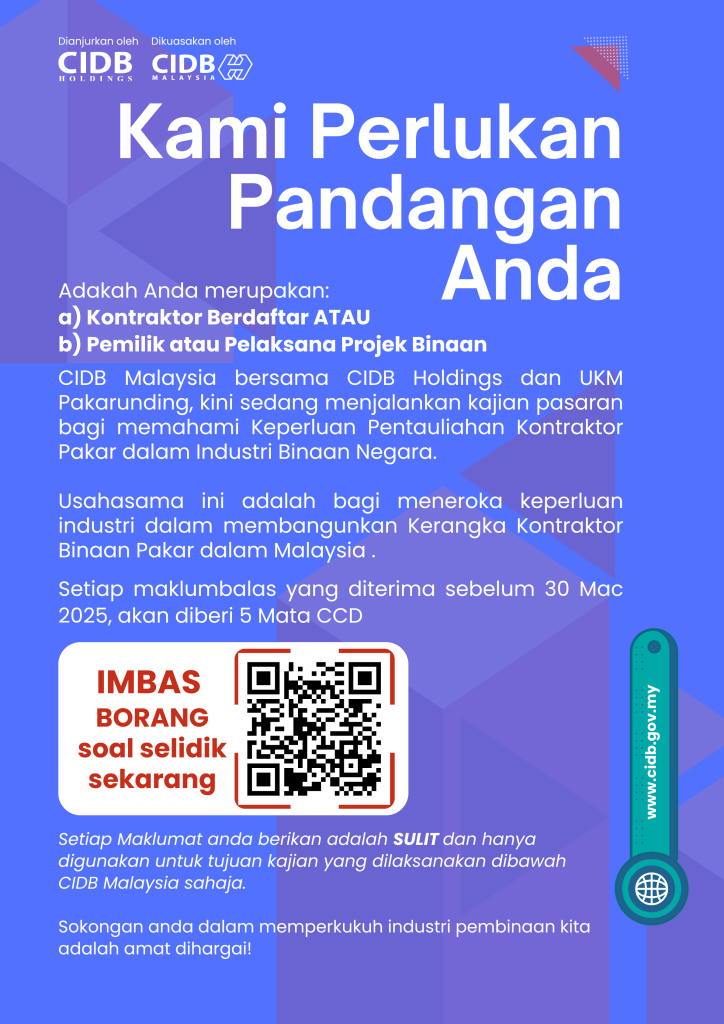
The construction industry faces a paramount challenge: reducing its carbon footprint and reliance on natural resources. Fostering innovation in building materials is critical to addressing these issues and achieving sustainability in construction.
Concrete, a versatile and durable material used since ancient times, is now the world’s most widely used man-made resource. However, its production raises environmental concerns due to the high consumption of resources like sand and gravel and the CO₂ emissions from cement production.
With urbanisation on the rise, the demand for concrete continues to grow, emphasising the need for sustainable innovations. Companies like Holcim are taking the lead in transforming the industry. Holcim, a Swiss multinational, is committed to reducing carbon emissions, optimising material usage, and promoting collaborative innovation.
The journey toward sustainable concrete begins with cement. ECOPlanet cement is a significant milestone, created by substituting clinker with raw materials like calcined clay, reducing carbon emissions. Renewable energy sources and digitisation also cut emissions from kiln heating.
ECOPlanet cement offers traditional cement’s performance with a significantly lower carbon footprint. Projects like Egypt’s Iconic Tower and Seattle’s Spheres building demonstrate substantial CO₂ reductions without compromising performance.
To complement low-carbon cement, ECOPact offers low-carbon concrete, achieving up to 30% lower embedded carbon compared to standard concrete. It maintains performance and has been used in various construction projects worldwide.
Holcim’s Altkirch plant in France developed 100% recycled clinker, contributing to the creation of 100% recycled cement and concrete. “Recygénie”, a fully recycled concrete building near Paris, preserves over 6,000 tons of natural resources.
Innovation extends to building components with carbon-prestressed concrete (CPC) technology, offering strong, lightweight, and recyclable slabs. The Eulach footbridge in Switzerland, built with CPC, reduces weight and carbon footprint significantly.
Holcim’s partnership with 14Trees focuses on sustainable and affordable building solutions. These initiatives represent a shift toward innovation and sustainability, essential for the construction industry’s future.















